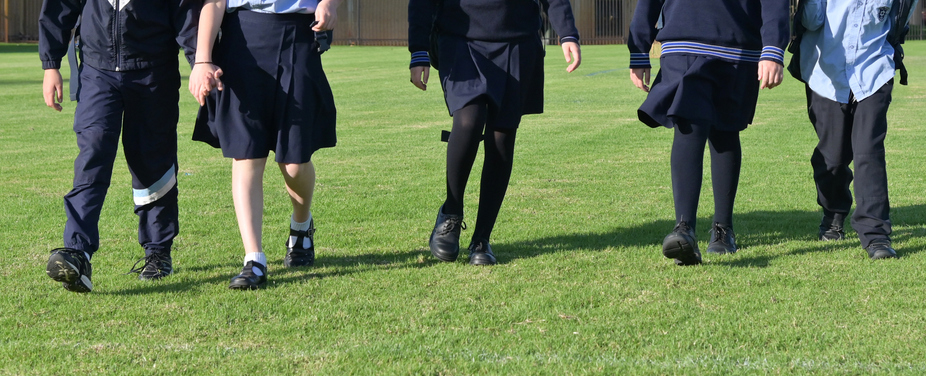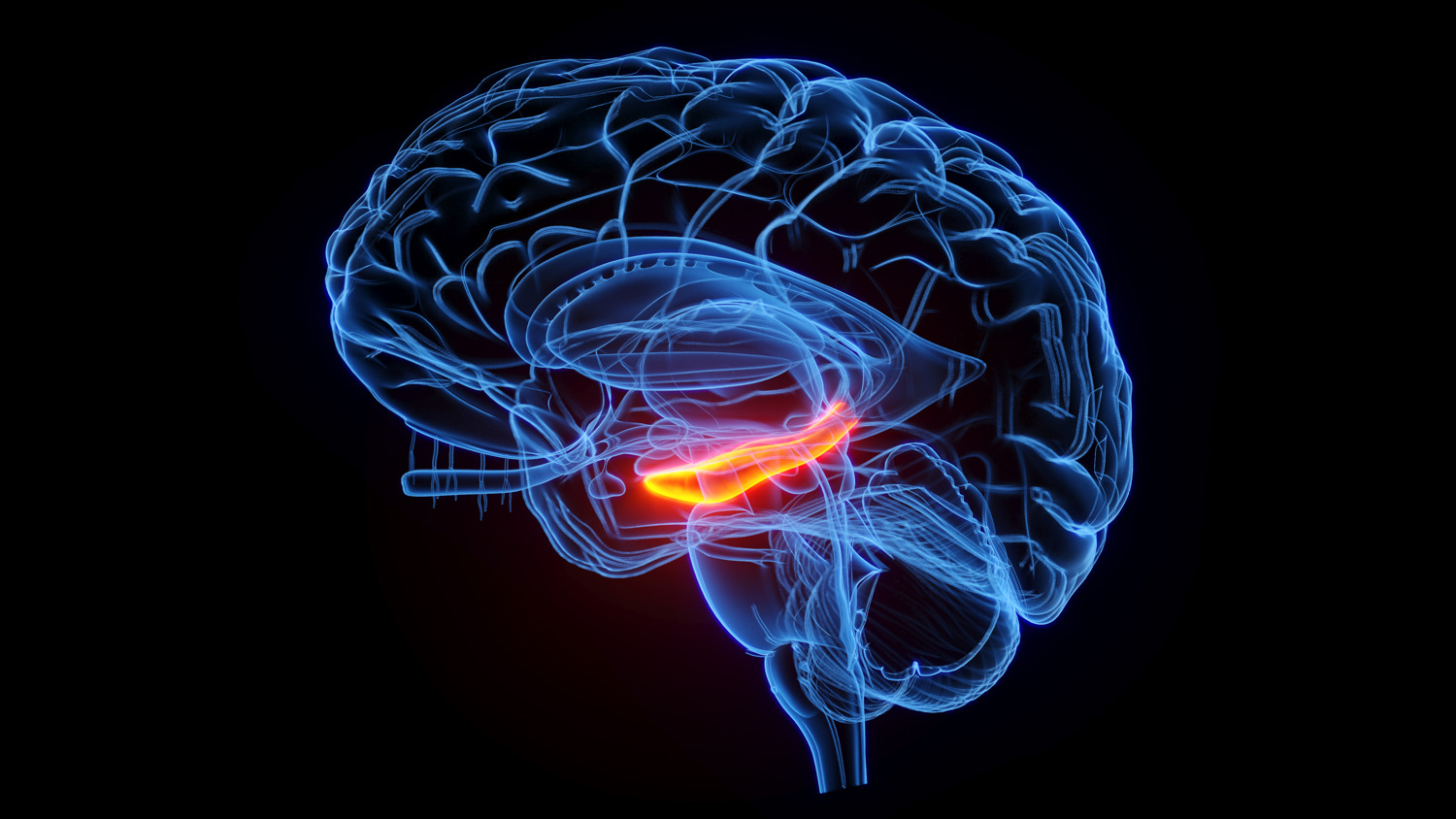By looking closely at the brain, we may be able to identify which first-year high school students are more prone to psychological distress, new research has found.
A study of young people aged 12 to 13, by neuroscientists at the University of the Sunshine Coast, was published this week in the Brain Imaging and Behaviour journal.
Lead author Dr Amanda Boyes from UniSC’s Thompson Institute said the findings indicate that the volume of the brain’s hippocampal grey matter was linked to future mental distress, in young people who experienced poorer mental health, but not in those who experience low, or stable, distress.
“These early findings show we are likely to see associations between the size of the hippocampus four months before a young person reports increased psychological distress, in those who experience poorer mental health,” Dr Boyes said.
“Early adolescence is a critical time of opportunity in a young person’s life. These findings help us to understand how neurobiological development may be differently associated with psychological distress in young people at risk of developing a mental health disorder down the track, so that we can support them before the symptoms even present.”

Graduate Certificate in Mental Health and Neuroscience
Mental health is an issue of increasing importance across all aspects of society. This online program is designed to give you a comprehensive understanding of the rapidly evolving field of mental health, with a focus on the latest research and treatment options across a range of mental and substance-use disorders.
Dr Boyes said this new information contributed to a broader picture of brain development and could eventually inform the way we support students throughout adolescence and particularly during times of upheaval and transition.
“In early adolescence there are dynamic changes in the brain and mental health, which coincide with life changes, such as starting high school,” Dr Boyes said.
But gathering this information is not as simple as a quick brain scan.
“The hippocampus is located at the centre of the brain so, if you looked at an MRI scan, you cannot measure it without using special software that isolates the area and converts it to data,” Dr Boyes said.
“This software allows us to parcel the brain into regions and look at the size of the hippocampus in millimetres cubed. From there, we make adjustments for the size of the whole brain, which can differ by biological sex – before analysing this measurement with behavioural and other data.”
Psychological distress varied greatly in early adolescents over a 12-month period.
“This tells us that we should check in with young people about their mental health regularly,” Dr Boyes said.
“Of the 88 young people in our study, 50 reported experiencing moderate-to-high psychological distress at least once in the year. They also had the biggest shifts in their mental health.”
The research was part of the Longitudinal Adolescent Brain Study, which recently marked a five-year milestone collecting data from participants aged 12 to 17, at four month intervals, meaning they now have complete five-year data sets.
Youth Mental Health and Neurobiology Professor Dan Hermens said 75 percent of mental health issues present before the age of 24, which meant that understanding brain change in adolescence was critical to provide preventative care.
“Adolescence is an interesting time because the brain is quite large in volume, but then it starts to prune away to become more efficient,” Professor Hermens said.
“We are seeing a significant amount of change during this time, and what makes this study so exciting is that we are collecting so much regular, fine-grain data over the course of adolescence that will allow us to look for patterns in change over time for many years to come.”
The study found that mapping the ‘uniqueness’ of an adolescent’s brain development using brain-fingerprinting might indicate whether they will experience mental health problems in the future.
For tips on supporting your young person’s transition to high school, headspace and UniSC have useful guides.
Media enquiries: Please contact the Media Team media@usc.edu.au


